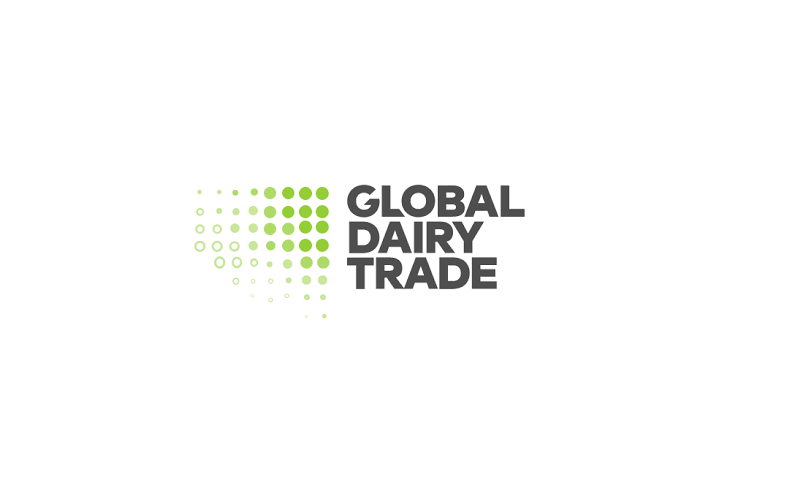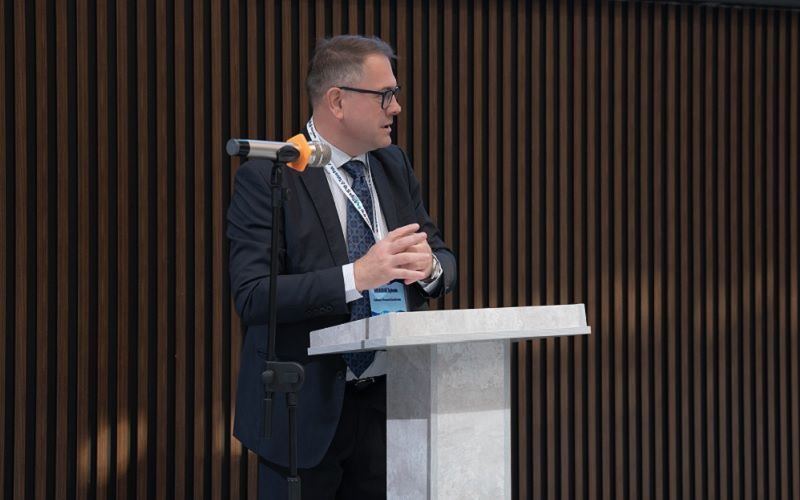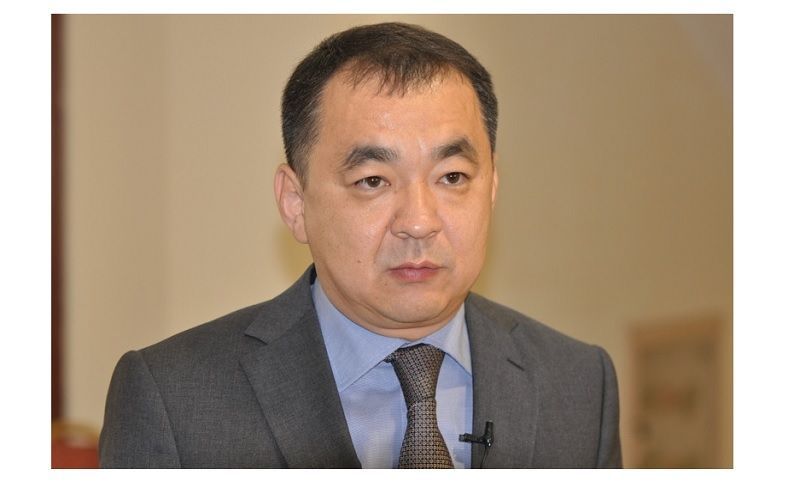Finland’s Dairy Industry Faces Crisis Amid Rising Costs and Farm Closures

In 2023, Finland produced 2.174 million litres of milk, a 1% decline compared to the previous year. The industry has also seen an ongoing trend of consolidation, with the number of dairy farms shrinking by 8% to 4,200 as smaller farms shut down operations.
Challenges in Organic Milk Segment
One of the most affected areas is the organic milk sector, which had previously offered higher profit margins. Organic milk production fell by 9% in 2023 to 73 million litres, and the number of farms registered to produce organic milk dropped by 20%. While some farms switched to conventional milk production, others suspended operations altogether, contributing to the industry's overall decline.
Increased Efficiency Amid Challenges
Despite the industry’s struggles, operational efficiency has improved. The average milk yield per cow reached 10,867 kg in 2023, up by 173 kg fr om the previous year. This increase in efficiency has been attributed to better feeding practices, including improved nitrogen and phosphorus utilisation, according to Ida Korhonen, development manager of feeding services at ProAgria.
Demographic Shifts and Investment Hesitation
In addition to economic pressures, Finland’s dairy industry is facing demographic challenges. The "generation transition" phenomenon, wh ere younger generations are unwilling to take over family farms, has led to a shortage of new farmers and a steady decline in the number of operational farms. Regions like Lapland have been particularly hard-hit, with the number of dairy farms decreasing from nearly 300 in 2017 to just 175 in 2023.
The uncertain economic environment and reluctance among young people to enter the dairy industry have also stifled investment, with very low levels of new investments recorded last year, said Petri Koivisto, development director at ProAgria.











